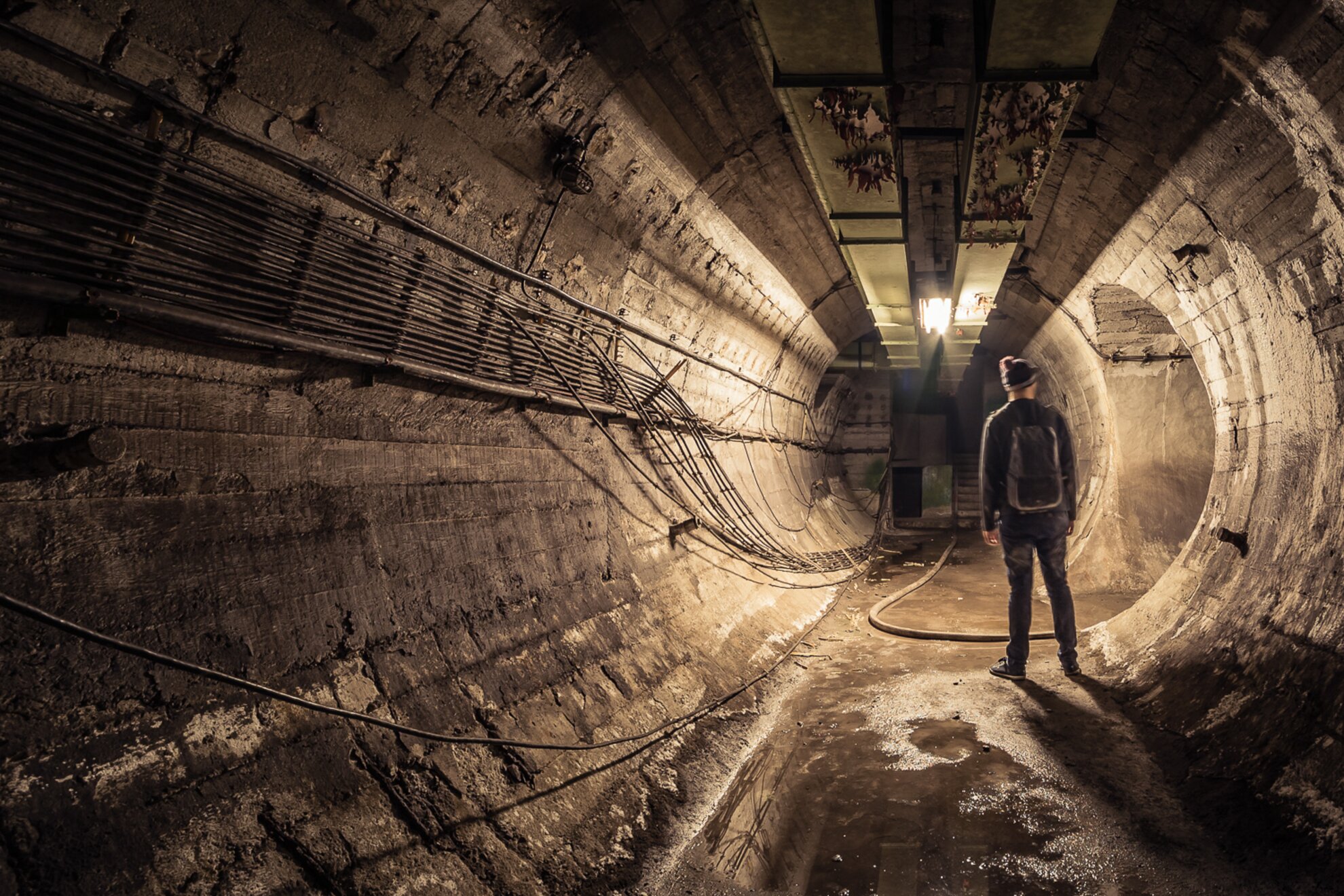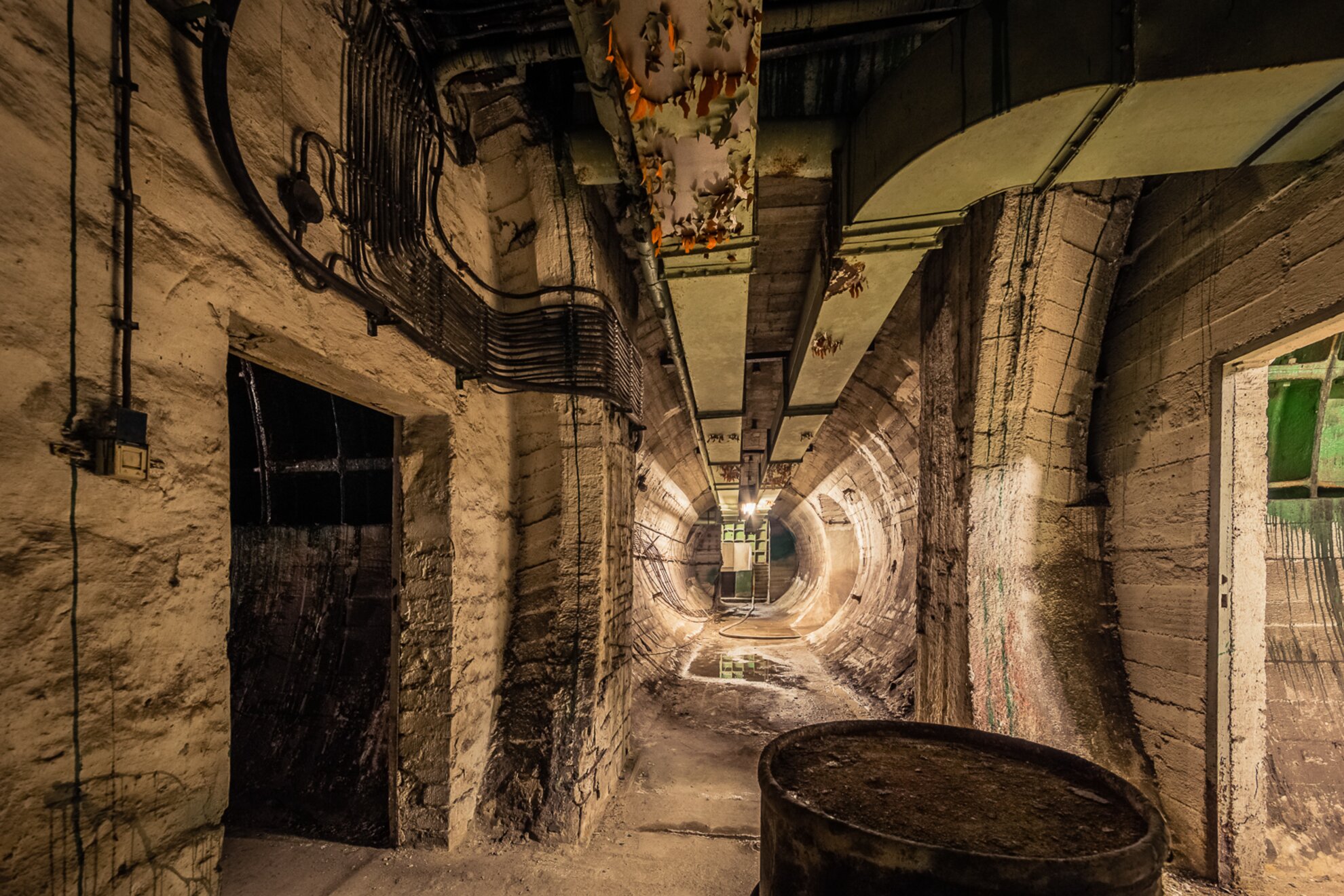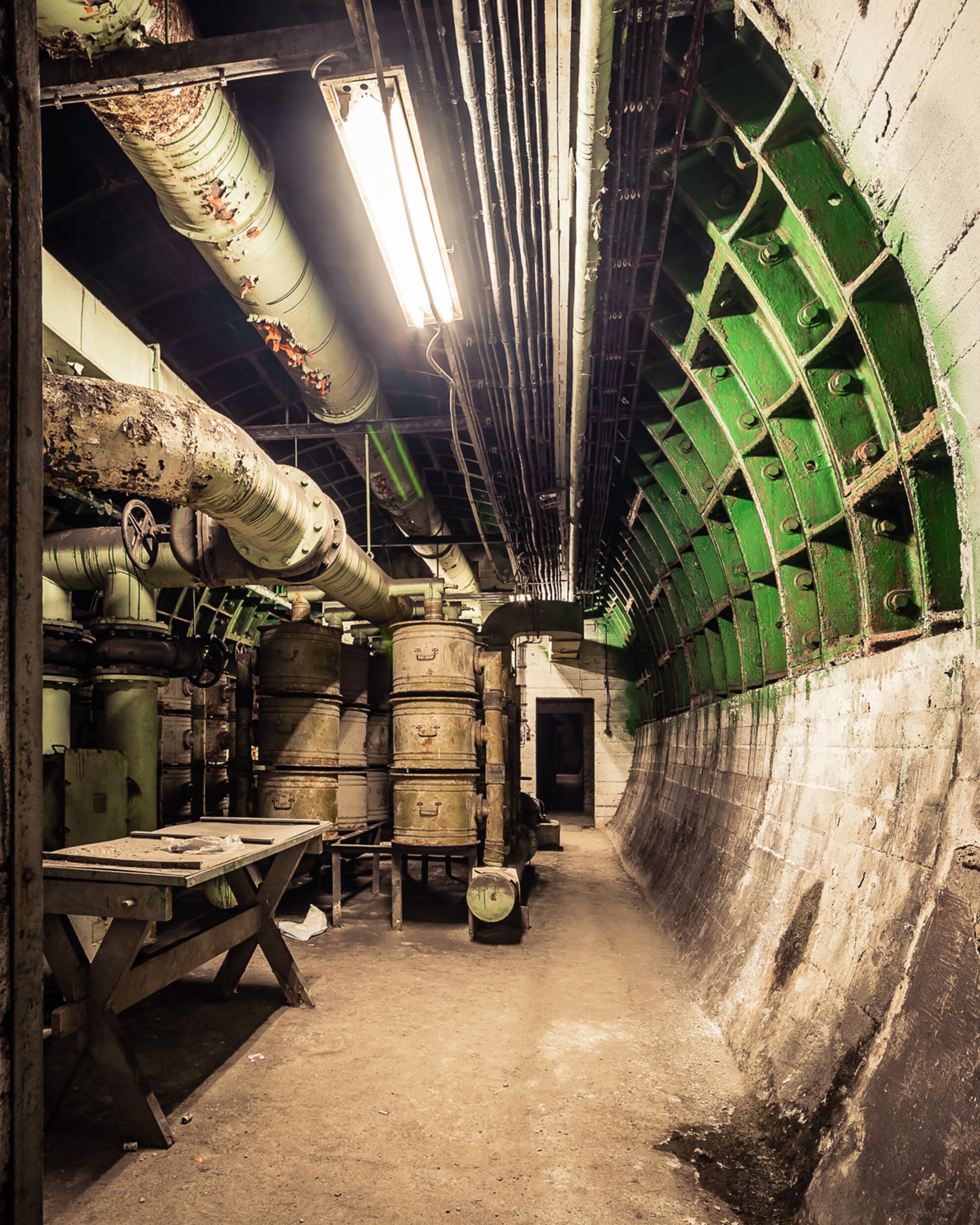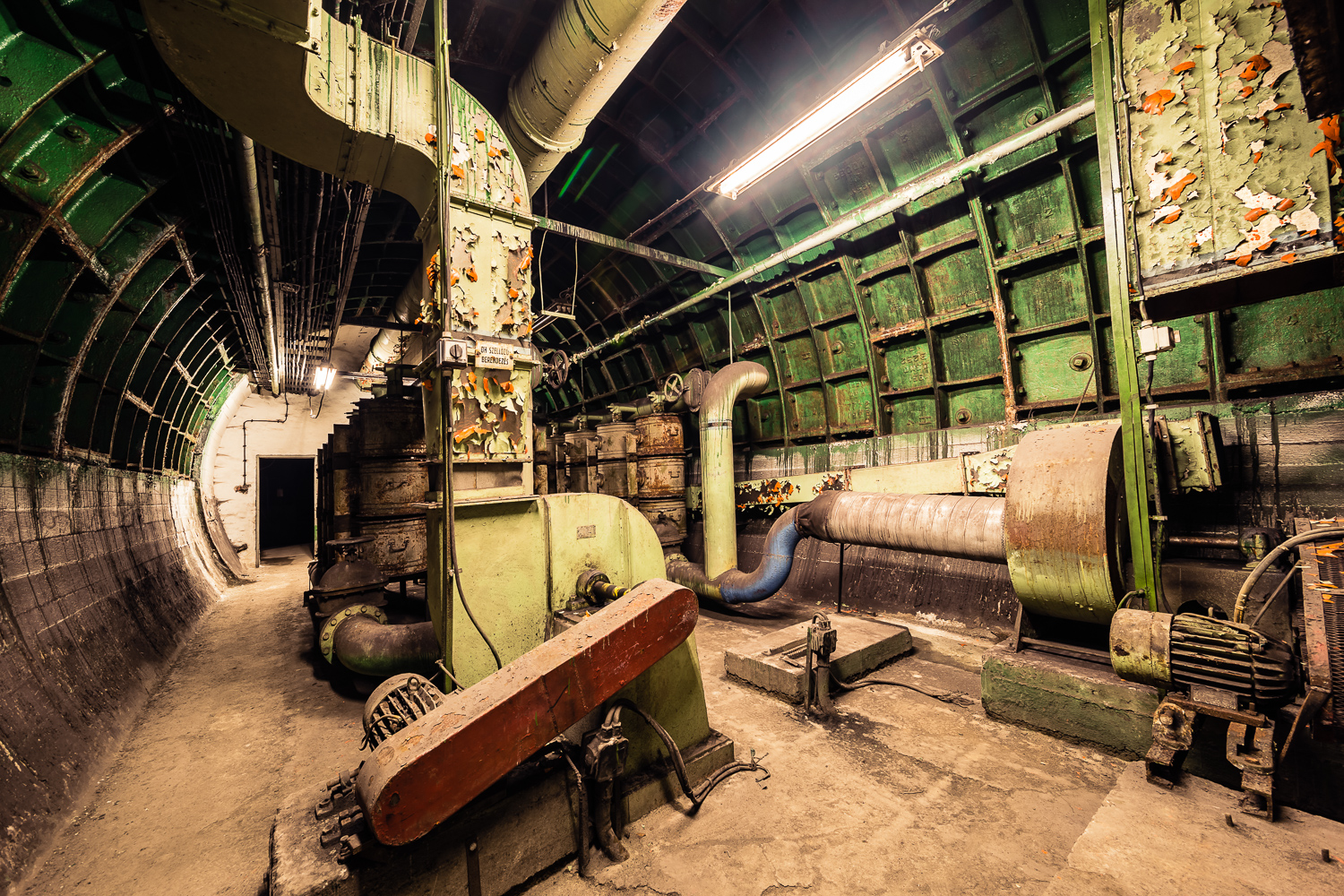
Commonly known as the Rákosi Bunker after the notorious Stalinist dictator who commissioned it, the secret site officially named StructureF4 was created in the 1950s when the threat of nuclear attack was very real. Today, only a few vents on the surface suggest that a tunnel system and a refuge from atomic disaster lurk beneath Szabadság tér.

As we reported recently, photographer Tamás Pataki loves nothing more than to explore hidden, inaccessible urban spaces and capture them for his Instagram page. The Rákosi Bunker is a classic example. Originally designed as a safe haven for the Party elite with 250 suites that could withstand a potential nuclear war, the project was soon stopped. The workers who constructed this super secret refuge had no idea what their mission was. Most thought that it was a metro tunnel – with good reason, since the bunker also has connections to the underground network.

The facility came under the auspices of Budapest transport authority BKV in the 1980s, when it a common control room for the then two metro lines was proposed. Again, the plans came to nothing.

The fate of this vaguely H-shaped, two-storey, 350,000 sq m complex remains uncertain. Suggestions have included a mushroom farm, a disco and a super secure internet server but so far all to no avail. The Rákosi Bunker is still empty, preserving its own heritage for occasional visits of interested parties, intrepid photographers included.




